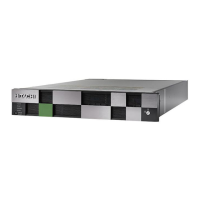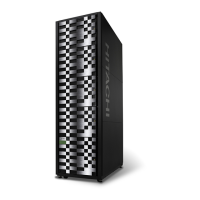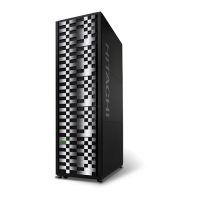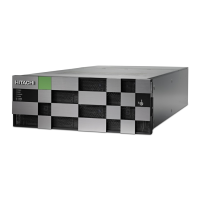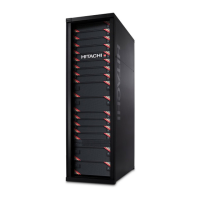Q
quick format
The quick format feature in Virtual LVI/Virtual LUN in which the formatting
of the internal volumes is done in the background. This allows system
configuration (such as defining a path or creating a TrueCopy pair) before
the formatting is completed. To execute quick formatting, the volumes
must be in blocked status.
quick restore
A reverse resynchronization in which no data is actually copied: the
primary and secondary volumes are swapped.
R
RAID
redundant array of inexpensive disks
RAID group
A set of RAID disks that have the same capacity and are treated as one
group for data storage and recovery. A RAID group contains both user
data and parity information. This allows user data to be accessed in the
event that one or more of the drives within the RAID group are not
available. The RAID level of a RAID group determines the number of data
drives and parity drives and how the data is "striped" across the drives.
For RAID1, user data is duplicated within the RAID group, so there is no
parity data for RAID1 RAID groups.
A RAID group can also be called an array group or a parity group.
RAID level
The type of RAID implementation. RAID levels include RAID0, RAID1,
RAID2, RAID3, RAID4, RAID5 and RAID6.
RCU
See remote control unit.
RCU target port
A fibre-channel port that is configured to receive remote I/Os from an
initiator port on another storage system.
Glossary 399
System Administrator Guide for VSP Gx00 models and VSP Fx00 models

